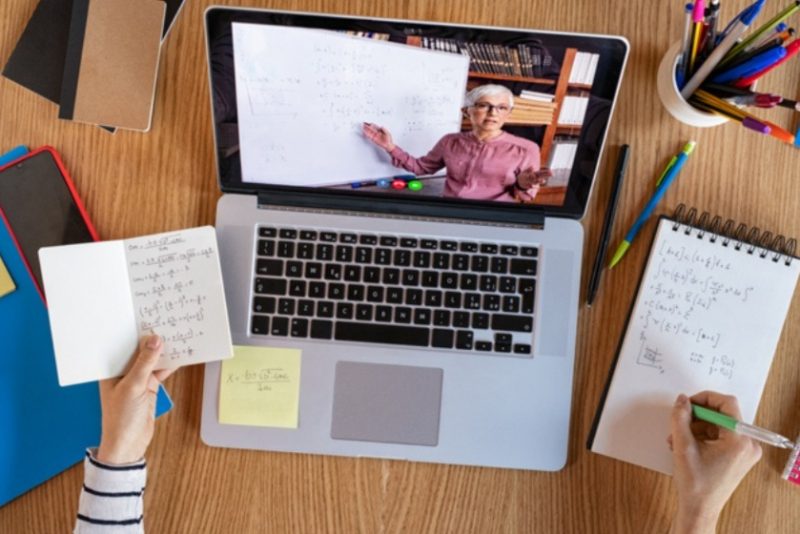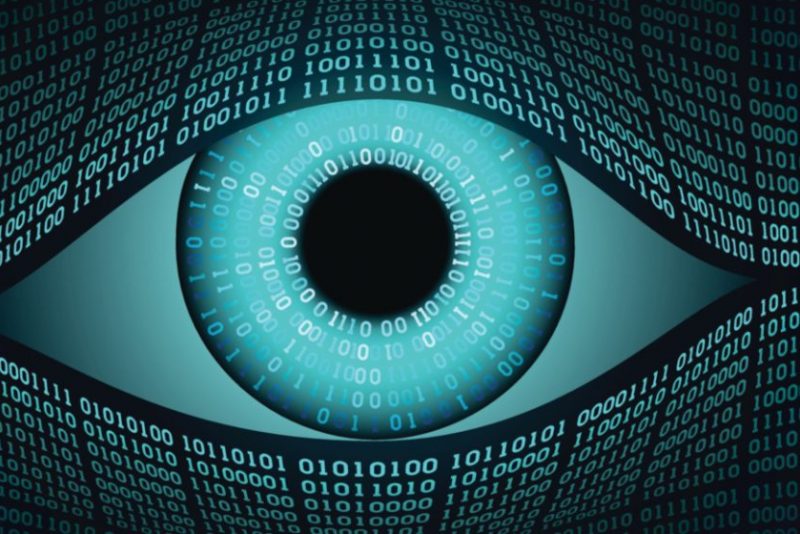What does the future of higher education look like?
Steeped in history and tradition, universities have never quite been so disrupted as they have during the recent coronavirus pandemic and subsequent lockdown in the UK. Empty lecture halls, deserted student accommodation and vacant libraries are left waiting while the world moves to a virtual one where students learning solely through their computer screen and online portals.
As lockdown slowly starts to ease, universities are looking for ways to return to campus while still offering an online learning experience. This isn’t without its challenges, so we caught up with some universities in the UK that are turning to technology to help them gear up for a new era of the education landscape. Read on to find out what we learnt…
Blended Learning
Many learning models have been turned on their head in the last 4 months. Most of the sector is taking an approach to education that combines online educational materials and opportunities for interaction online with traditional place-based classroom methods.
New ways of working will bring uncertainty for many students and it’s now more important than ever to understand student wellbeing and the learning experience. Data analytics could provide insights into student behaviour and how they want to engage with the university.
Recruitment
Many universities are modernising their business models based on the outcome they are hoping to achieve. With blended learning looking more and more like the long-term plan, a new digital culture must be driven by the right people.
While many industries have been forced to make redundancies as a result of the outbreak, some universities are creating brand new job roles, such as Digital Advisors, to help them sustainably manage a new era of learning and gear up for a long period of blended learning.
Accessibility
For almost all universities, one of the biggest priorities moving into a new digital era is making it inclusive and accessible for everyone. In lockdown, learning and operations were 100% remote and while some people missed the face-to-face interaction, many students with disabilities were grateful for the chance to learn from home without the physical need to attend a lecture or class.
As many universities look to adopt a more hybrid approach to classes with many students still opting to stay home, it’s important to make it an inclusive place for people of all abilities in any circumstance, using technology as an enabler.
For other, born in the cloud, new universities with no legacy systems, tradition or even buildings in some cases, the recent outbreak of Covid-19 has presented an opportunity to enter the market when students are looking for a digital learning experience.
The coronavirus pandemic has put stumbling blocks in the road for a lot of young people, but new, modern universities could provide just the pathway they needed to get their plans back on track.





